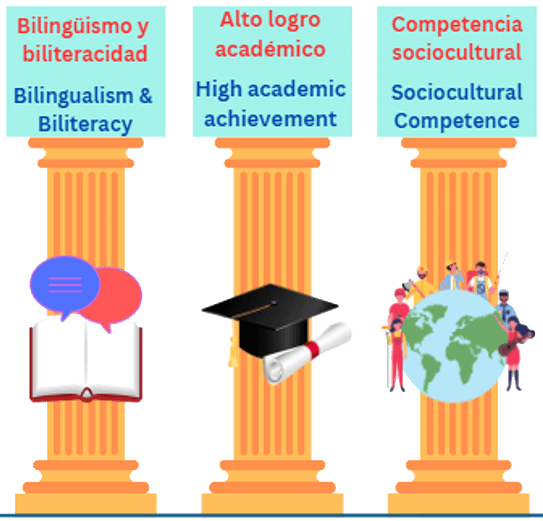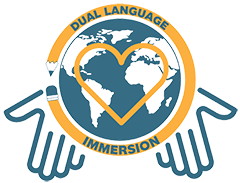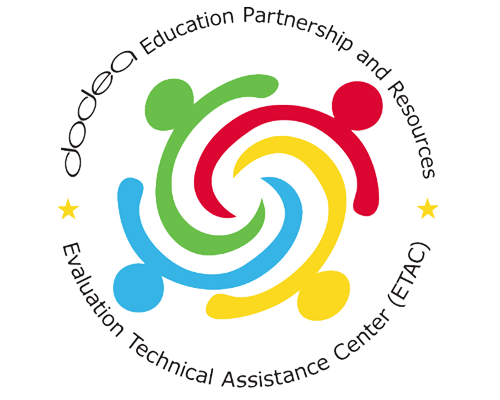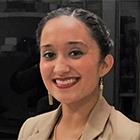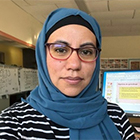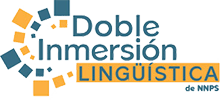Dual Language Immersion (DLI) at NNPS (en español)
Our Vision and Mission
The NNPS DLI vision is to inspire a lifelong love for learning while building bridges across language and cultures.
The mission of the NNPS DLI program is to empower multilingual learners through enriching academic bilingual and biliterate experiences while fostering an inclusive and diverse community that celebrates all of our cultures and unique identities.
What is the Dual Language Immersion Program?
DLI programs are a form of enrichment education based on over forty years of research showing the advantages of learning a second language through academic content instruction. Programs may be two-way, in which half of the students are from homes where the target language (e.g., Spanish) is spoken, or one-way, in which all students come from the same language background (usually English) and are learning the same second language. Dual language programs typically begin in kindergarten or first grade and continue through at least the end of elementary school.
NNPS has chosen a 50-50 two-way model of DLI. This means that students spend at least 50% of the school day learning in Spanish and come from two language backgrounds.
What are the benefits of Dual Language Immersion?
By starting in kindergarten or earlier, students reach sufficient proficiency in their second language to profit from the cognitive boost that bilingualism affords, which in turn positively affects their academic progress. According to the National Center on Cultural and Linguistic Responsiveness (Office of Head Start, n.d.), bilingualism leads to measurable benefits in the following domains:
- Cognitive
- understanding math concepts and solving word problems more easily
- stronger thinking skills and improved use of logic
- focusing, remembering, and making decisions more easily
- improved ability to think about language (metalinguistics)
- learning other languages more easily
- delayed onset of dementia
- Social-emotional
- stronger family and community ties for heritage or native speakers
- ability to make friends in the second language
- better self-control (a key indicator of school success)
- Academic
- more flexible approaches to thinking and problem solving
- higher levels of abstract thought
- the ability to ignore irrelevant information
- less biased thinking and decision-making
- Global
- increased access to information
- expanded participation in a global society
- increased job opportunities and higher salaries (average of $7,000 more annually)
In addition to the general benefits above of being bilingual and biliterate, English learners (ELs) in dual language immersion programs progress in English at a faster rate than in traditional ESL programs. Research has shown a connection between development of first language skills, which takes until about 12 years old, and other types of cognitive development (Thomas & Collier, 2012). ELs learning in their first language are able to progress academically at a faster rate, and can transfer literacy skills and academic concepts to their new language. DLI is the only program that has been shown to close the achievement gap in reading for ELs (Thomas & Collier, 2012), which is critical for academic success.
To learn more about the DLI program, please download the informational brochure. To view information for current DLI families, download the Handbook for Families.
Meet the DLI Instructional Team
Susanna Bailey
Instructional Supervisor, World Languages & Dual Language Immersion
(757) 283-7850 x.10253
Paola Mendizabal
Instructional Specialist, Dual Language Immersion
(757) 886-7789 x.25546
Sarah Olsen
Instructional Coach, Dual Language Immersion
(757) 886-7789 x.25546
















